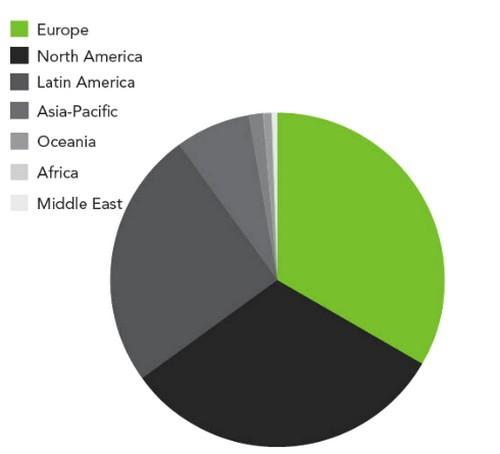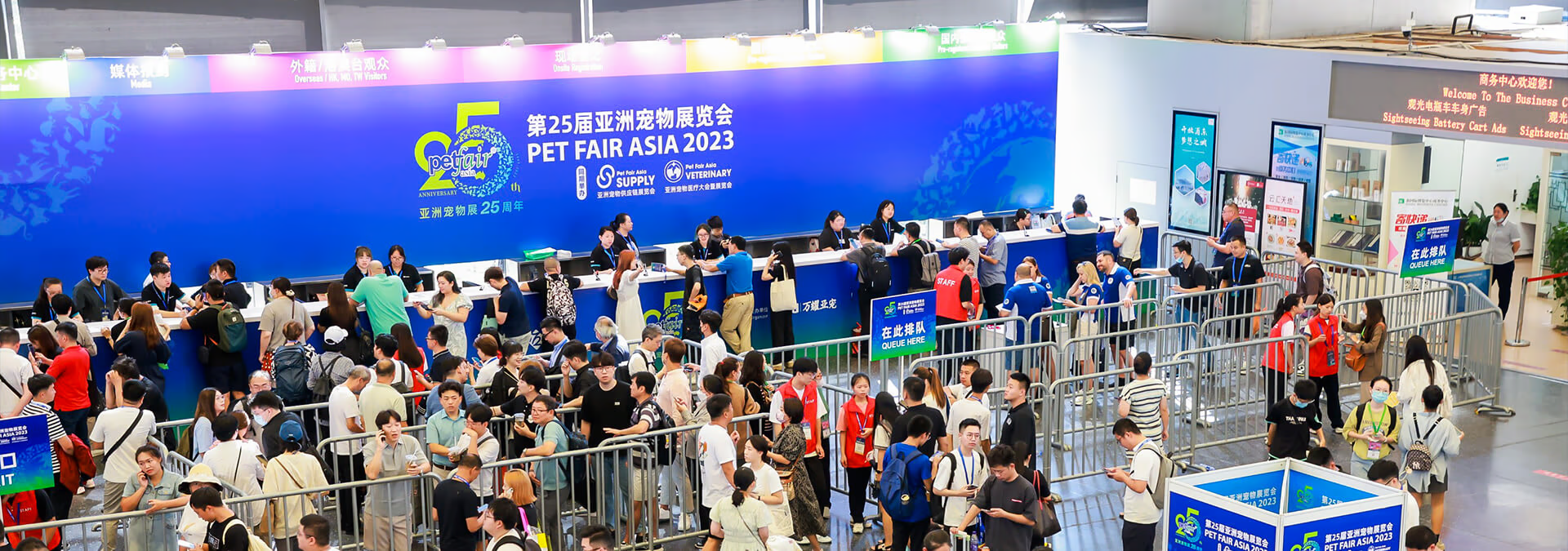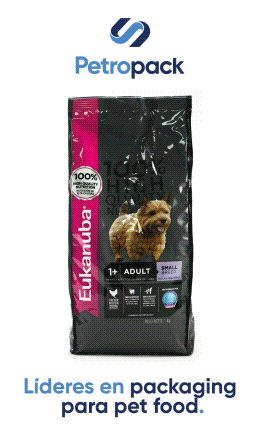Alltech recently released its 2023 Global Feed Survey and Agri-Food Outlook report, detailing the global animal feed and pet food production for 2022, as well as providing estimates for 2023. The annual report includes data from 142 countries and more than 28,000 feed mills.
Pet food production
Of all species sectors measured by Alltech, pet food had the most significant growth. Global pet food production totaled 35.27 million tonnes (MT), a 7.25% increase from 32.88 MT in 2021.
Europe remains the top producer of pet food at 11.78 MT, a 1.65% increase from 2021, though the region faced the biggest decrease in global animal feed production. Within the region, France experienced a 75% increase in production, the highest in Europe. The United Kingdom remains the second-largest producer of pet food, though its production did not increase from 2021. Russia detailed a 9% increase to 1.35 MT.
North America follows close behind at 11.20 MT, a 5.66% increase from 2021. The United States continues to lead the pack in the region. The country faced a 6.12% increase in pet food production, amassing 10.40 MT, overcoming high material prices, supply chain disruptions and low producer returns. According to Alltech, the freeze-dried and dehydrated pet food space within the United States witnessed a 35% production increase. Mexico produced 1.40 MT and Canada produced 0.80 MT of pet food for the year.
Latin America, Oceania and the Middle East regions experienced the highest growth in pet food production from 2021, though these regions still remain far behind Europe and North America. Latin America's production increased 19.22% to 8.86 MT. Production in the Middle East increased 17.25% to 0.11 MT, and production in Oceania increased 11.06% to 0.50 MT.
he Asia-Pacific region witnessed a 9.33% increase in production, amassing 2.48 MT, with the Philippines increasing its production by 34%. Alltech attributes this increase to a growth in pet ownership and a need for locally produced pet food caused by COVID-19 lockdowns.
Unlike every other region, Africa experienced the only decrease, dropping a drastic 24.57% to 0.34 MT. According to Alltech, Kenya was the only area in Africa to experience an increase in production.
Total feed production
Global animal feed production remained relatively steady, slightly decreasing 0.42% to 1.27 billion tonnes (BT). Alltech attributes this decrease to many factors, including animal diseases, severe weather and Russia's invasion of Ukraine. 'Animal diseases have disrupted feed production in more than 80% of reporting countries,' stated Alltech.
The Asia-Pacific region remains top-dog in feed production, though the region's production slightly decreased 0.51% to 465.54 MT. Europe follows behind with an estimated production of 263.23 MT, a 4.67% decrease from last year. North America faced a small increase of 0.88%, amassing 261.39 MT. Latin America's total feed production increased 1.6% to 190.91 MT.
The Middle East faced the largest growth in total feed production, increasing 24.73% to 31.79 MT, while Africa witnessed the largest decrease of 3.86%, bringing its total feed production to 42.79 MT. Oceania remains the lowest producer of animal feed, though its production increased 0.32% to 10.45 MT.
The Top 10 feed-producing countries, which consume more than half (64%) of the world's total feed, are:
- China (260.74 MT)
- United States (240.40 MT)
- Brazil (81.95 MT)
- India (43.360 MT)
- Mexico (40.138 MT)
- Russia (34.15 MT)
- Spain (31.23 MT)
- Vietnam (26.72 MT)
- Argentina (25.74 MT)
- Germany (24.34 MT)
Most of the Top 10 countries faced small increases and decreases in production, except Vietnam, which witnessed a 27.72% increase in total feed compared to 2021, allowing it to surpass Argentina and Germany. For 2022, Russia overcame Spain, which faced a 12.85% reduction.
The top three countries all reported supply chain issues. In China, high ingredient prices, low producer returns, animal diseases and geopolitical events are hampering production. The United States is battling high material costs and low producer returns and Brazil is facing severe weather issues and geopolitical events. The technology currently impacting production in these countries includes artificial intelligence, biosecurity measures, and data collection and analysis.
By Pet Food Processing
You could be interested: Impulse Purchases Still Strong
Market Information
07/08/2025
The American Pet Products Association (APPA) Releases 2025 Dog & Cat Report, Revealing a New Era of Pet Ownership
29/07/2025

















































